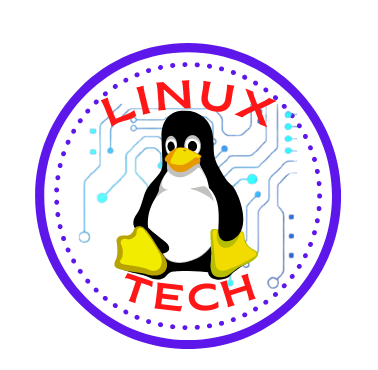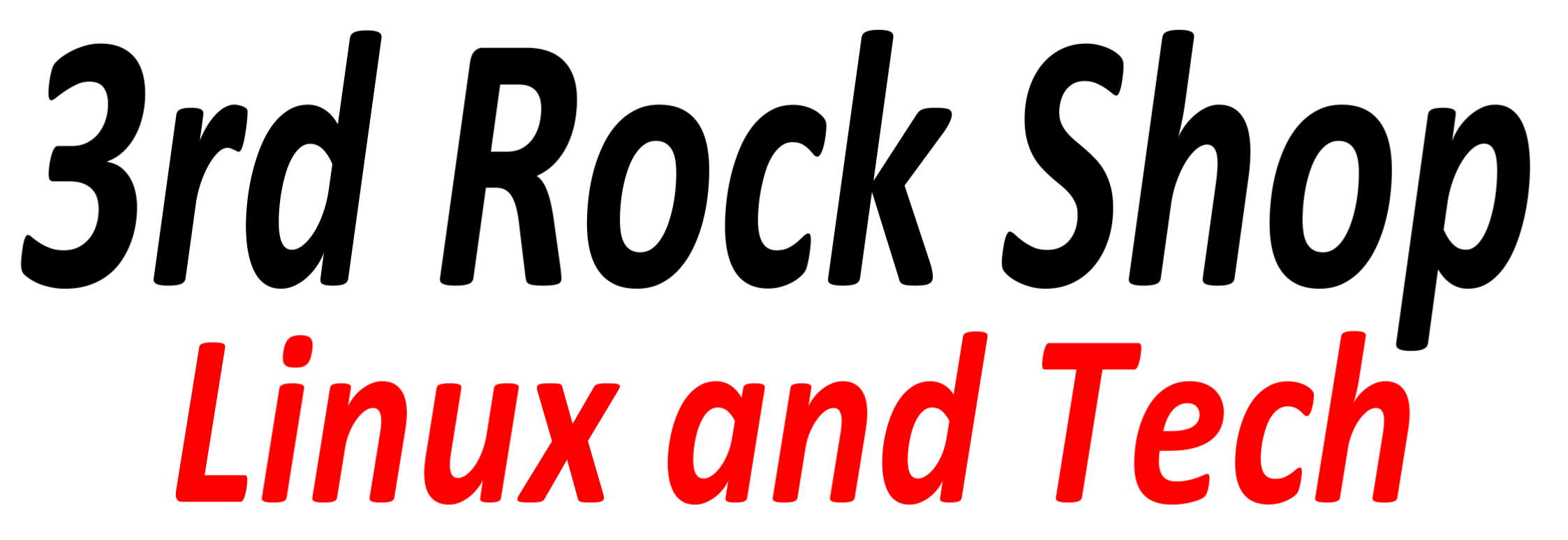Linux and the Desktop: A Journey Towards User-Friendly Elegance
3 min readWhile Linux has seen immense success in the server, mobile, and embedded domains, its journey on the desktop has been marked by both challenges and significant advancements. Linux started as a command-line-oriented operating system primarily used by technical enthusiasts and developers. Over the years, it has evolved into a compelling desktop platform with user-friendly interfaces, extensive software repositories, and growing popularity among desktop users.
Graphical Desktop Environments: One of the critical developments that contributed to Linux’s success on the desktop was the emergence of graphical desktop environments. Desktop environments like GNOME, KDE Plasma, and Xfce provided a user-friendly graphical interface, making Linux more accessible to users accustomed to other operating systems like Windows and macOS.
These desktop environments offer intuitive menus, customizable layouts, and support for modern hardware, enhancing the overall user experience. Additionally, desktop environments have integrated applications like file managers, text editors, and system settings, reducing the need for users to rely heavily on the command line.
Diverse Distributions: Linux’s distribution model allowed it to cater to a wide range of user preferences. Some distributions, like Ubuntu and Linux Mint, focused on providing a user-friendly experience out of the box, with pre-installed proprietary drivers and multimedia codecs. These distributions aimed to appeal to users migrating from other operating systems and minimize the learning curve.
On the other hand, distributions like Arch Linux and Fedora appealed to power users who preferred a more hands-on and customizable experience. The diversity of distributions allowed users to choose the one that best aligned with their skill level and requirements.
Software Repositories and Package Managers: Linux distributions provide vast software repositories that offer thousands of free and open-source applications. Package managers, like APT on Debian-based systems and DNF on Fedora, made it incredibly convenient for users to search, install, and update software with a single command. The centralized and automated software management system provided a streamlined experience for users, similar to app stores on other platforms.
Gaming and Entertainment: Linux’s growth on the desktop received a significant boost from the development of gaming and entertainment options. The support for popular gaming platforms like Steam and the growth of native Linux games provided gamers with more choices and compatibility. Additionally, multimedia support improved, enabling users to enjoy music, videos, and online streaming seamlessly.
Enterprise Desktops: Linux also found its place in the enterprise desktop environment. Its security, stability, and lower total cost of ownership were appealing to businesses looking to deploy desktop systems across their organizations. Companies could choose Linux distributions like Ubuntu and CentOS for their enterprise desktop deployments, reducing software licensing costs and ensuring long-term support.
Community and Collaboration: The passionate and dedicated Linux community played a crucial role in the growth of Linux on the desktop. Community-driven forums, blogs, and documentation provided support and troubleshooting for users, fostering a sense of camaraderie among Linux enthusiasts. Additionally, the community actively contributed to improving desktop environments, developing applications, and providing valuable feedback to developers.
While Linux’s growth on the desktop has been slower compared to other domains, it has made significant strides in becoming a user-friendly and robust operating system for desktop users. Graphical desktop environments, diverse distributions, software repositories, gaming options, and enterprise adoption have all contributed to its success. As Linux continues to evolve, it will likely attract more users, developers, and businesses, ensuring its place as a compelling and versatile choice for desktop computing. With a thriving community and a commitment to open-source principles, Linux’s desktop journey continues to embrace elegance and user-friendliness.

